That is notable information in the report of the Department of Industrial Safety Techniques and Environment (Ministry of Industry and Trade) on the operation of hydroelectric reservoirs on August 9.
Specifically, according to the report, water flow to hydroelectric reservoirs in the Northern, North Central, and Southeastern regions is high and slightly decreasing; in the Central Highlands region, water flow is high and slightly fluctuating; in the South Central Coast region, water flow is low and slightly fluctuating compared to yesterday.
Water levels of hydropower reservoirs in the Northern, North Central, and Southeastern regions increased; in the Central Highlands, water levels fluctuated slightly; in the South Central Coast, water levels decreased slightly compared to yesterday. Reservoirs in river basins and small streams in the Northern mountainous region and the Central Highlands (Lai Chau, Son La, Dien Bien, Hoa Binh, Tuyen Quang, Yen Bai, Lao Cai, Ha Giang, Dak Lak, Dak Nong, Gia Lai, Lam Dong) have high water levels, and are increasing power generation and using water effectively to avoid excess discharge.

Large hydroelectric reservoirs in the Northern, North Central, Southeast, and Central Highlands regions generate electricity according to the operating and mobilization procedures of the operating agency.
Some reservoirs have regulated the overflow water such as: Lai Chau, Trung Son, Buon Kuop, Buon Tua Srah. The remaining large reservoirs have high water levels, ready to overflow according to regulations; the South Central Coast region is raising the reservoir water level, generating electricity according to the operating and mobilizing power generation procedures of the operating agency.
However, there are still hydroelectric lakes with low water levels such as Thac Ba.
The Department of Industrial Safety Techniques and Environment forecasts that the hydrological situation and water flow to lakes in the next 24 hours are as follows: lakes in the Northern, North Central, Central Highlands, and Southeast regions will decrease slowly; the South Central Coast region will decrease.
According to the National Center for Hydro-Meteorological Forecasting, on August 9, the North will still have thunderstorms in mountainous areas and this is likely to last for the next 2-3 days. The Central region will be extremely hot. In the Central Highlands and the South, there will be some rain in the evening.
Previously, on August 7, Vietnam Electricity Group (EVN) said: due to heavy rain and floods in all three regions, the water flow to the reservoirs increased, the National Power System Control Center increased hydropower operations, and some hydropower reservoirs had to overflow.
According to EVN, in July 2023, the total electricity output of the system reached 26.2 billion kWh, an increase of 7.1% over the same period in 2022.
In the first 7 months, the total electricity output of the entire system reached 160.58 billion kWh, an increase of 1.9% over the same period in 2022. Coal-fired thermal power was mobilized the most, followed by hydropower, renewable energy... Of which, hydropower output was 36.8 billion kWh, accounting for 22.9%.
When assessing the amount of water flowing into the Northern lakes at the end of July, EVN said it only reached 30-60% of the average of many years, with almost no floods.
Source


![[Photo] Overcoming all difficulties, speeding up construction progress of Hoa Binh Hydropower Plant Expansion Project](https://vstatic.vietnam.vn/vietnam/resource/IMAGE/2025/4/12/bff04b551e98484c84d74c8faa3526e0)
![[Photo] Closing of the 11th Conference of the 13th Central Committee of the Communist Party of Vietnam](https://vstatic.vietnam.vn/vietnam/resource/IMAGE/2025/4/12/114b57fe6e9b4814a5ddfacf6dfe5b7f)




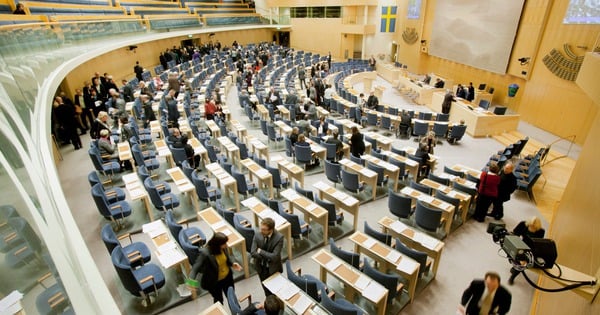



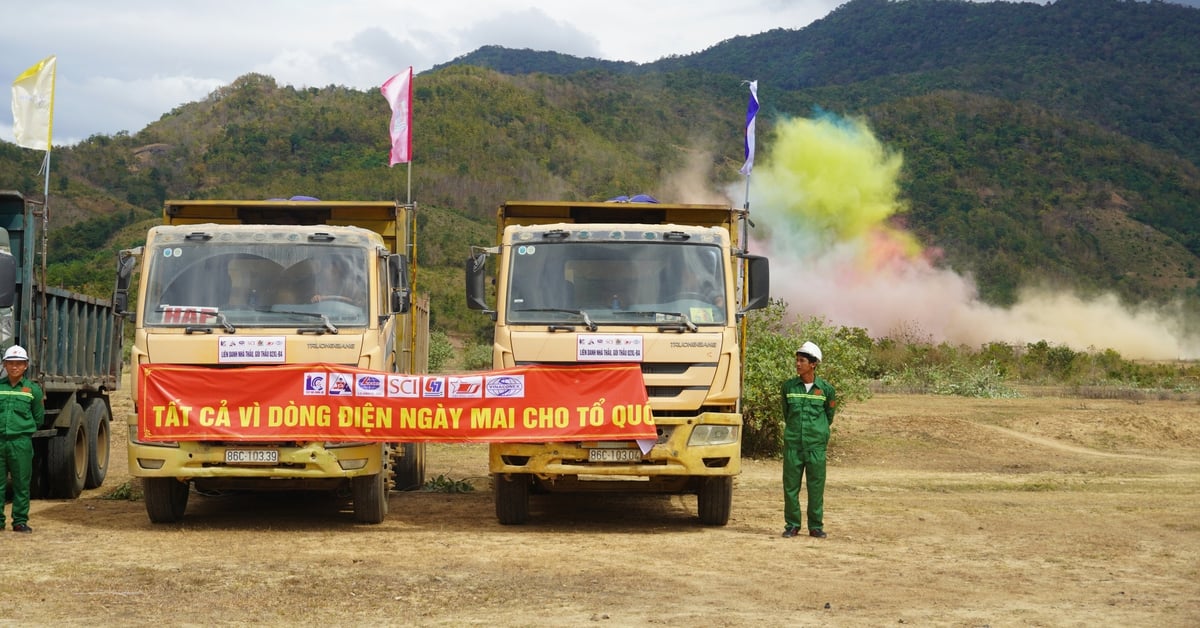

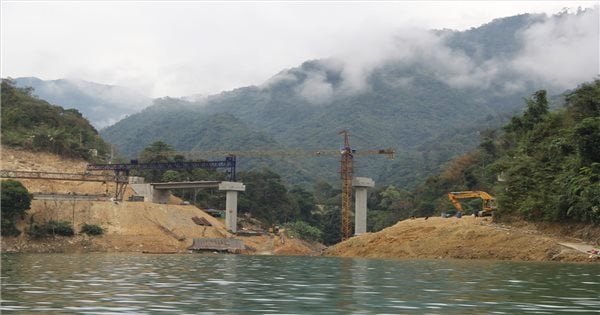
















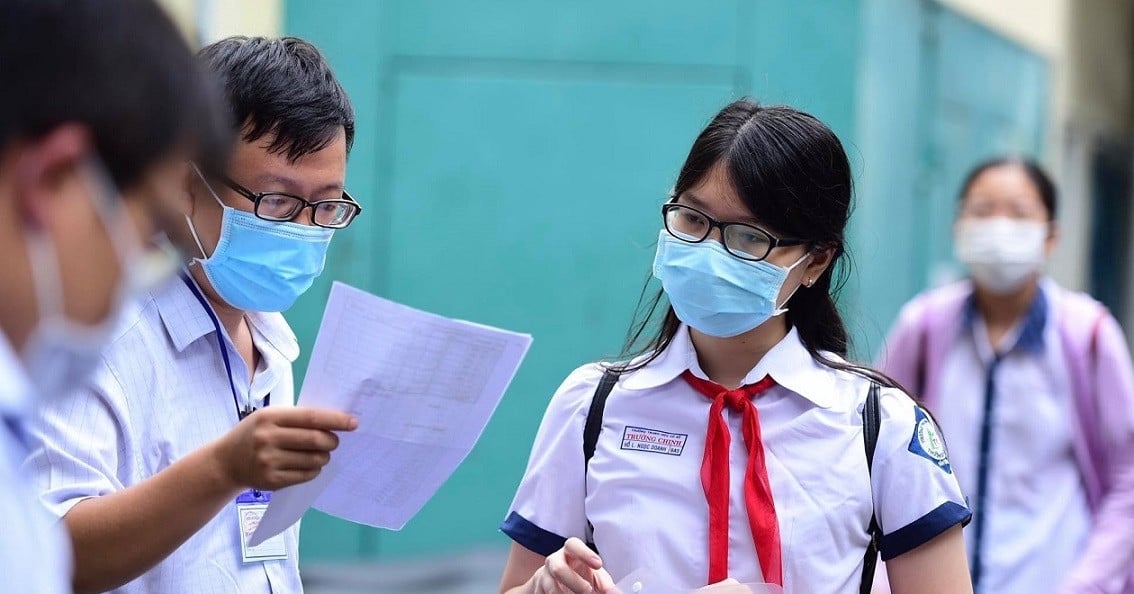











































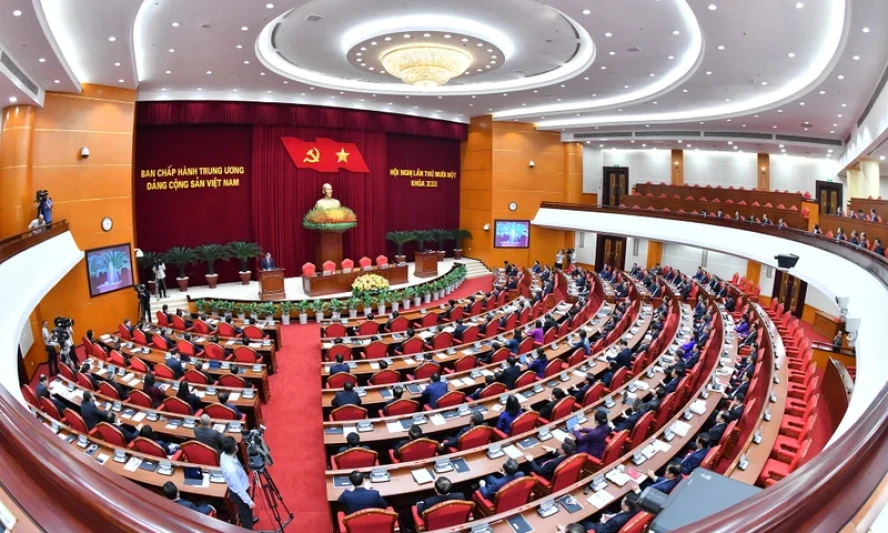















Comment (0)